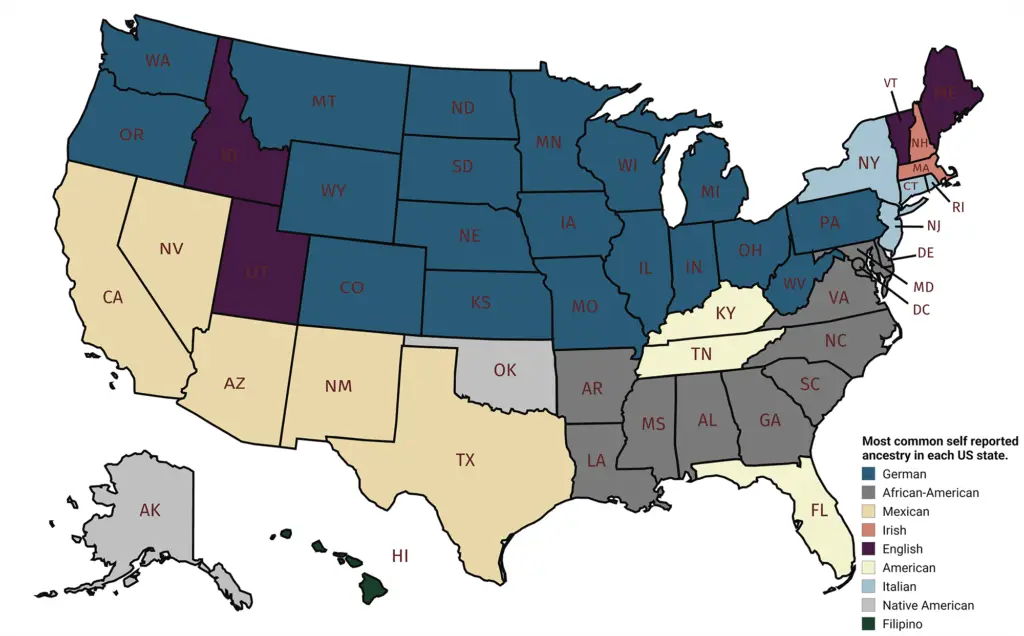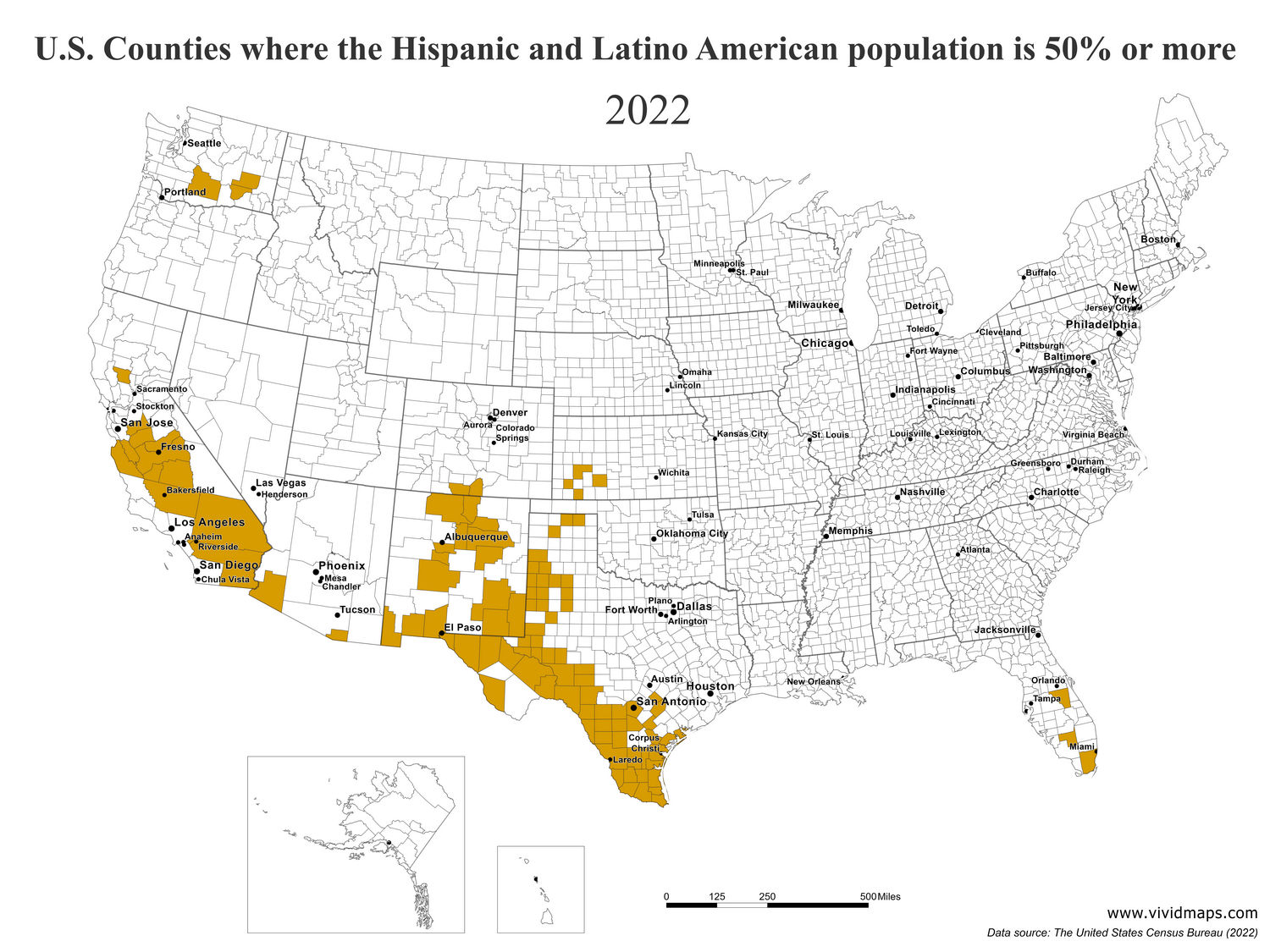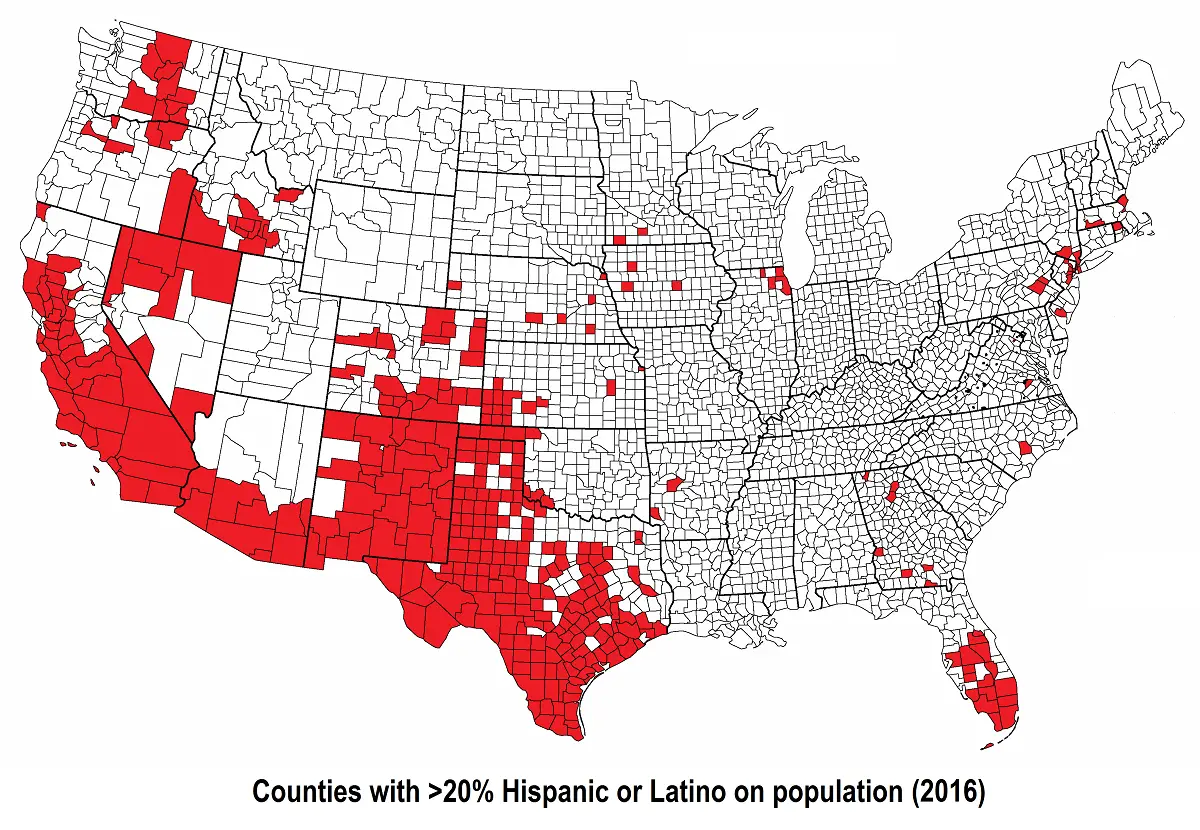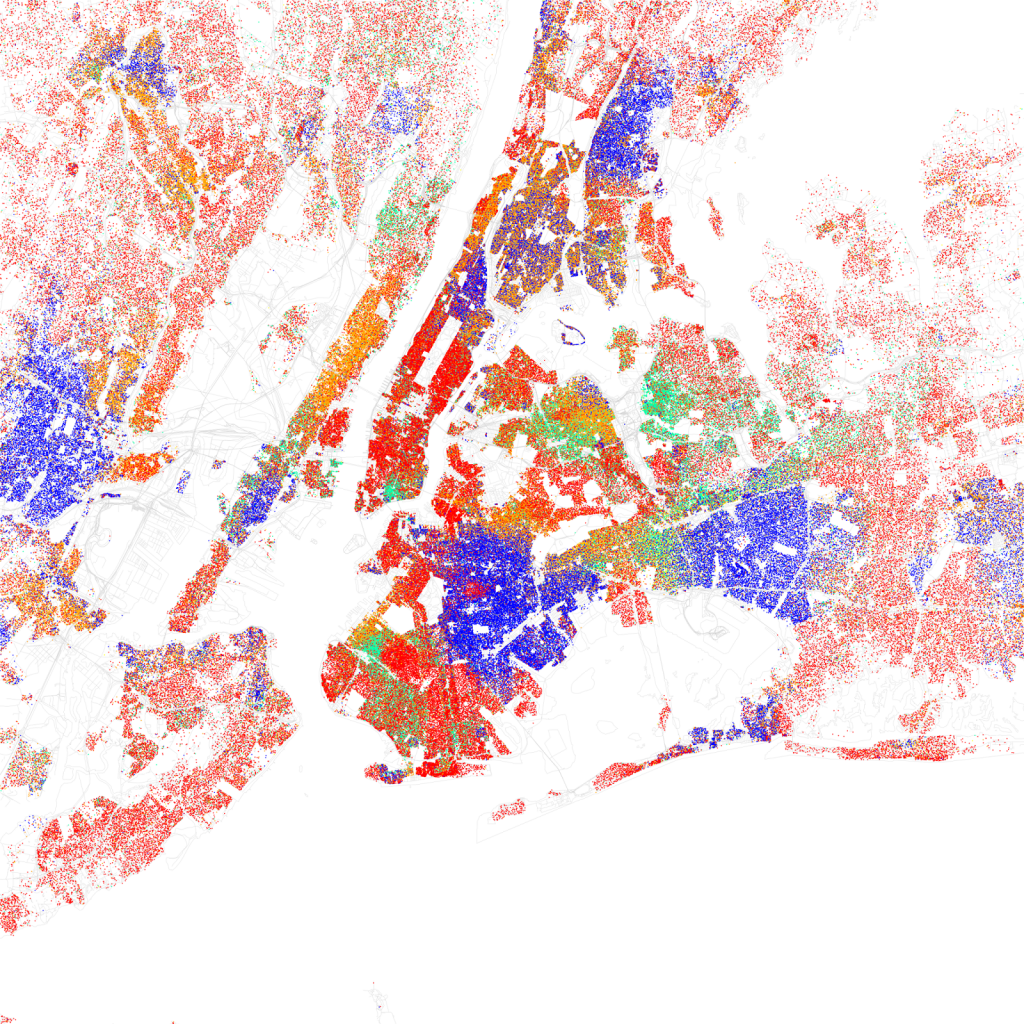Predominant ancestry in the U.S.
The predominant ancestry in the U.S. is European ancestry. According to the U.S. Census Bureau, as of 2020, people of European ancestry make up the largest racial and ethnic group in the United States, comprising about 60% of the population. However, it’s worth noting that the U.S. is a highly diverse country, and there are many other significant ancestry groups represented, including African American, Asian American, Native American, and Hispanic/Latino.
Table of Contents
Geographic distribution of ethnic groups in the United States
The geographic distribution of ethnic groups in the United States is complex and varies depending on factors such as historical migration patterns, economic opportunities, and cultural and political factors. However, here is a general overview of the distribution of some major ethnic groups:
- European Americans: European Americans are the largest ethnic group in the United States, and are distributed throughout the country. Some states with high concentrations of European Americans include Maine, Vermont, New Hampshire, Pennsylvania, and West Virginia.
- African Americans: African Americans are predominantly concentrated in the southeastern United States, where many were brought as slaves during the colonial period. Some states with high concentrations of African Americans include Mississippi, Louisiana, Georgia, Alabama, and South Carolina.
- Hispanic/Latino Americans: Hispanic/Latino Americans are concentrated in the southwestern United States, particularly in states that share a border with Mexico. Some states with high concentrations of Hispanic/Latino Americans include California, Texas, Arizona, and New Mexico.
- Asian Americans: Asian Americans are distributed throughout the United States, but are concentrated in certain regions and cities. Some states with high concentrations of Asian Americans include California, Hawaii, New York, and Washington.
- Native Americans: Native Americans are concentrated in certain regions of the United States, particularly in the western and southwestern states. Some states with high concentrations of Native Americans include Alaska, Oklahoma, Arizona, and New Mexico.
It’s important to note that these are generalizations, and that there is significant diversity within each ethnic group, as well as significant overlap between groups. Additionally, the ethnic makeup of the United States is constantly evolving, with new immigrants arriving from all over the world and contributing to the country’s cultural and demographic diversity.
The largest ethnic group in the United States
The largest ethnic group in the United States is non-Hispanic White, which refers to individuals who identify as White and not Hispanic or Latino. According to the U.S. Census Bureau, non-Hispanic Whites made up about 60% of the total population as of 2020. However, it’s worth noting that the U.S. is a highly diverse country, and there are many other significant ethnic groups represented, including African American, Hispanic/Latino, Asian American, and Native American.
The second largest ethnic group in the United States
The second largest ethnic group in the United States is Hispanic/Latino. According to the U.S. Census Bureau, Hispanic/Latino individuals made up about 19% of the total population as of 2020. This group includes people of Mexican, Puerto Rican, Cuban, and other Latin America descent. It’s worth noting that the Hispanic/Latino category is an ethnic category, not a racial category, and that individuals within this category may identify as any race.
Predominant ancestry in the U.S. by state
The predominant ancestry in each U.S. state can vary depending on a number of factors, including historical settlement patterns, immigration patterns, and demographic changes over time. However, based on available data, here is a rough breakdown of the predominant ancestry groups in each state as of 2020:
- Alabama: African American
- Alaska: White
- Arizona: Hispanic/Latino
- Arkansas: European American
- California: Hispanic/Latino
- Colorado: European American
- Connecticut: European American
- Delaware: African American
- Florida: Hispanic/Latino
- Georgia: African American
- Hawaii: Asian American
- Idaho: European American
- Illinois: European American
- Indiana: European American
- Iowa: European American
- Kansas: European American
- Kentucky: European American
- Louisiana: African American
- Maine: European American
- Maryland: European American
- Massachusetts: European American
- Michigan: European American
- Minnesota: European American
- Mississippi: African American
- Missouri: European American
- Montana: European American
- Nebraska: European American
- Nevada: Hispanic/Latino
- New Hampshire: European American
- New Jersey: European American
- New Mexico: Hispanic/Latino
- New York: European American
- North Carolina: European American
- North Dakota: European American
- Ohio: European American
- Oklahoma: European American
- Oregon: European American
- Pennsylvania: European American
- Rhode Island: European American
- South Carolina: African American
- South Dakota: European American
- Tennessee: European American
- Texas: Hispanic/Latino
- Utah: European American
- Vermont: European American
- Virginia: European American
- Washington: European American
- West Virginia: European American
- Wisconsin: European American
- Wyoming: European American
It’s important to note that these are generalizations, and that there is significant diversity within each state. Additionally, many individuals in the U.S. have multiple ancestries, so these categories do not necessarily reflect the full complexity of the country’s demographic makeup.
The map below shows the biggest self reported ancestry in each U.S. state.

According to the map above and the U.S. Census Bureau’s American Community Survey, German-Americans are the largest ancestry group in the United States, with over 44 million people identifying as having German ancestry.
German-Americans are spread throughout the United States, but there are some states with higher concentrations of people of German ancestry. The top five states with the highest population of German-Americans are:
- Pennsylvania – 3.5 million
- California – 3.4 million
- Texas – 3.2 million
- Ohio – 2.8 million
- Illinois – 2.6 million
Other states with significant German-American populations include Florida, Wisconsin, New York, Michigan, and Minnesota.
Hispanic Americans are a diverse group of people with roots in various countries across Latin America and Spain. As such, they can be found living in many different regions across the United States. However, some areas of the country have larger populations of Hispanic Americans than others.
According to the United States Census Bureau, the states with the largest Hispanic populations are California, Texas, Florida, New York, and Arizona. Within these states, there are several cities with significant Hispanic populations, including Los Angeles, Houston, Miami, New York City, and Phoenix.
However, it is worth noting that Hispanic Americans also live in many other areas of the country, including in smaller towns and rural areas. The Hispanic population in the United States is diverse and continues to grow, and their presence can be felt in many different regions and communities throughout the country.








